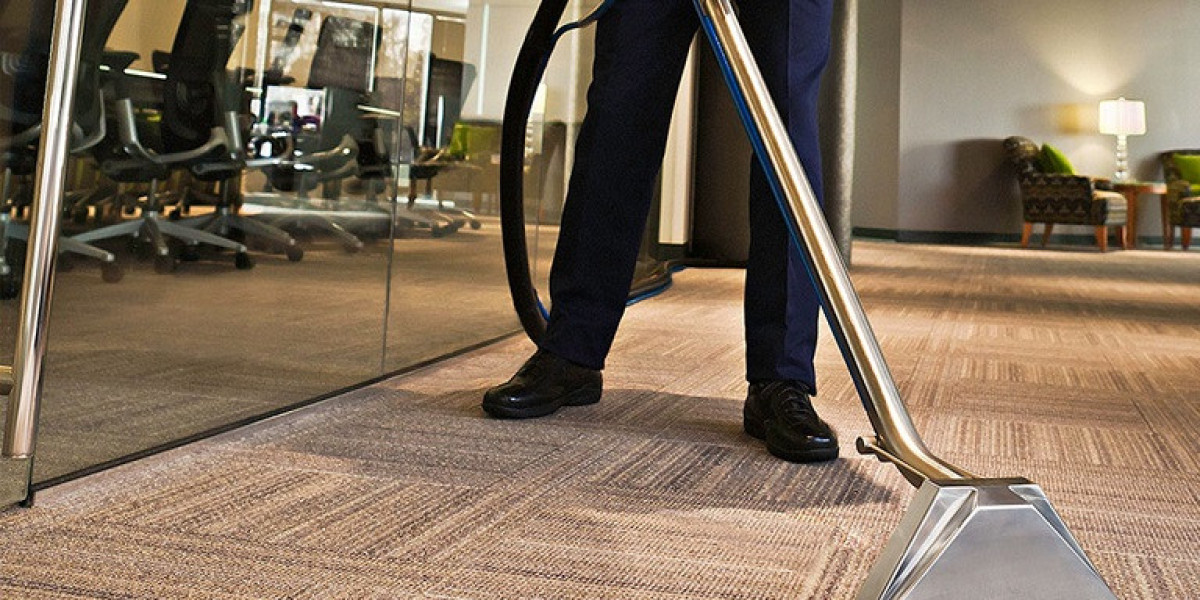What Is a Laser Cleaner and Why Are Prices So Different?
Laser cleaning is a cutting-edge, non-contact method of removing rust, paint, grease, or contaminants from surfaces using laser pulses. Unlike traditional methods—like chemical treatments or abrasive blasting—laser cleaners are faster, safer, and far more precise. But with laser cleaner price ranges from a few thousand dollars to over $100,000, many buyers ask the key question:
Why is there such a big difference in laser cleaner prices?
Let’s dive into the core pricing structure, types of laser cleaners, and what actually drives cost in the real world.
Laser Cleaner Price Table by Type & Power
| Type | Power Level | Typical Use | Approximate Price Range (USD) |
|---|---|---|---|
| Handheld Fiber Laser | 50W – 200W | Rust removal, light coatings | $3,000 – $15,000 |
| Mid-Range Industrial | 300W – 500W | Surface prep, paint removal | $20,000 – $50,000 |
| High-Power Industrial | 1000W – 3000W | Heavy-duty industrial cleaning | $60,000 – $120,000+ |
Understanding this table can help you estimate the laser cleaner price that matches your operational needs.
Key Factors That Influence Laser Cleaner Price
Understanding what makes up the cost can help buyers make informed decisions. Here's a breakdown of major pricing components:
1. Laser Power Output
Higher wattage = higher price
A 50W system may handle light rust, while a 1000W system can clean large ship hulls or aerospace components.
The laser cleaner price typically scales with wattage and application complexity.
2. Type of Laser Source
Fiber lasers are the most efficient and durable, hence more expensive.
Cheaper models with alternative sources may reduce laser cleaner cost, but can sacrifice performance.
3. Cooling System
Air-cooled systems are cheaper and lighter but less powerful.
Water-cooled systems support higher wattage and are reflected in a higher laser cleaner price bracket.
4. Automation Capabilities
Manual systems are budget-friendly.
CNC or robotic arms raise laser cleaner prices due to precision and integration costs.
5. Software & Interface
Machines with AI-assisted controls or programmable interfaces come at a premium in terms of laser cleaner price, but offer operational efficiency.
FAQs About Laser Cleaner Price and Use
Q: Is a $3,000 laser cleaner good enough for home or DIY projects?
A: Yes, entry-level handheld systems (50W–100W) are great for light-duty applications. The laser cleaner price here is budget-friendly for hobbyists.
Q: Why do some laser cleaners cost over $100,000?
A: These high-end systems are built for continuous industrial use. They offer advanced features like automation, cooling, and multiple cleaning modes—hence a much higher laser cleaner price.
Q: Are laser cleaners expensive to maintain?
A: No. Fiber-based systems are known for their longevity and low maintenance, providing exceptional long-term value compared to the initial laser cleaner cost.
Q: Does higher price always mean better performance?
A: Not always. The laser cleaner price should match your task, not exceed it. Overbuying can be just as inefficient as underestimating your needs.
Advantages of Investing in a Laser Cleaner
Eco-Friendly: No chemical waste or secondary pollution
Precision: Targeted removal without damaging base materials
Cost-Efficiency: Reduced labor and maintenance costs
Versatility: Works on metal, stone, ceramics, plastics, composites
Safety: Controlled energy output, often equipped with safety enclosures
These benefits often justify the laser cleaner price for industrial buyers focused on efficiency and environmental compliance.
Laser Cleaner Buying Checklist
Before investing, make sure to evaluate:
Your intended use: Is it industrial or personal?
Material type: What surfaces are you cleaning?
Throughput: How many hours per day will it run?
Power requirements: Match wattage to the job
Mobility: Stationary vs. portable units
Warranty & service: Reliable support saves money long-term
All of these directly influence the laser cleaner price you should expect.
Who Should Buy Laser Cleaners?
Automotive shops removing rust or paint from parts
Restoration experts working on monuments or antiques
Aerospace firms requiring precise, non-abrasive cleaning
Manufacturers prepping surfaces for welding or coating
Defense contractors handling de-coating of sensitive equipment
Each application has different requirements, which is why laser cleaner prices vary so much across sectors.
Expert Insight: Is Now the Time to Buy?
With laser cleaning technology rapidly advancing, the laser cleaner price is becoming more accessible to small-to-mid-sized companies. In 2025, the global market is trending toward increased adoption, especially in industries focused on sustainability and automation.
The return on investment continues to improve as operating costs remain low and output increases. While the initial laser cleaner price might seem high, long-term benefits in efficiency and quality make it a cost-effective decision.
Final Thought:
The right laser cleaner isn't about the lowest price—it’s about the best match for your unique needs. With today’s range of technology, every dollar of the laser cleaner price should bring performance, durability, and value that pays off for years to come.








